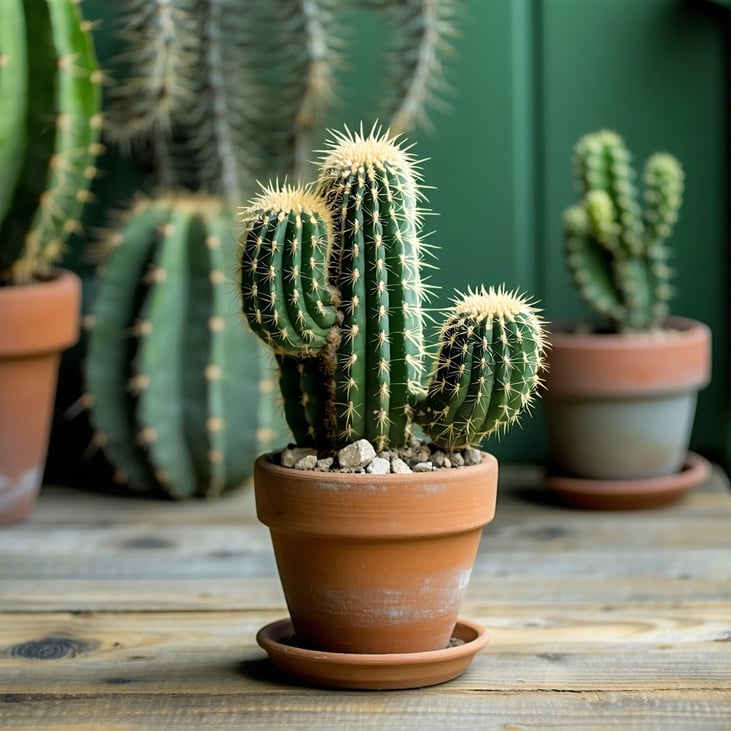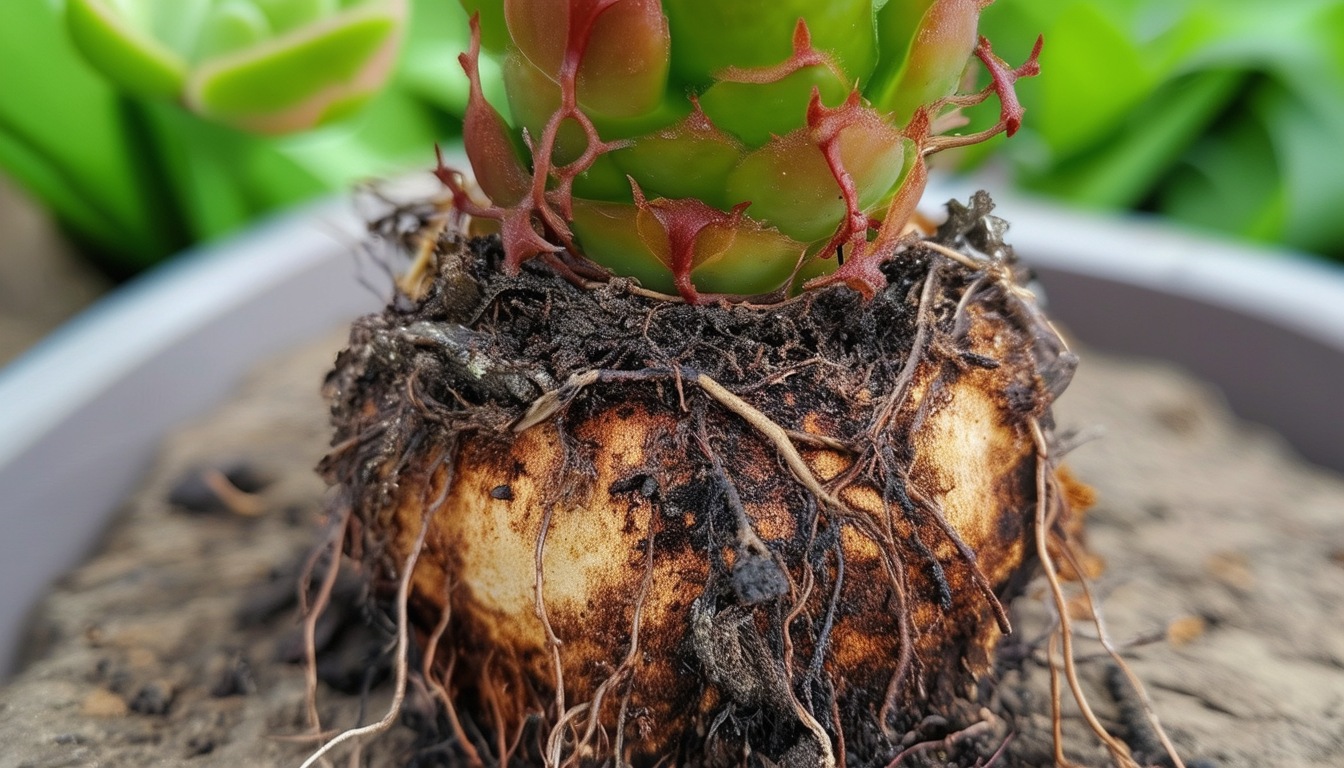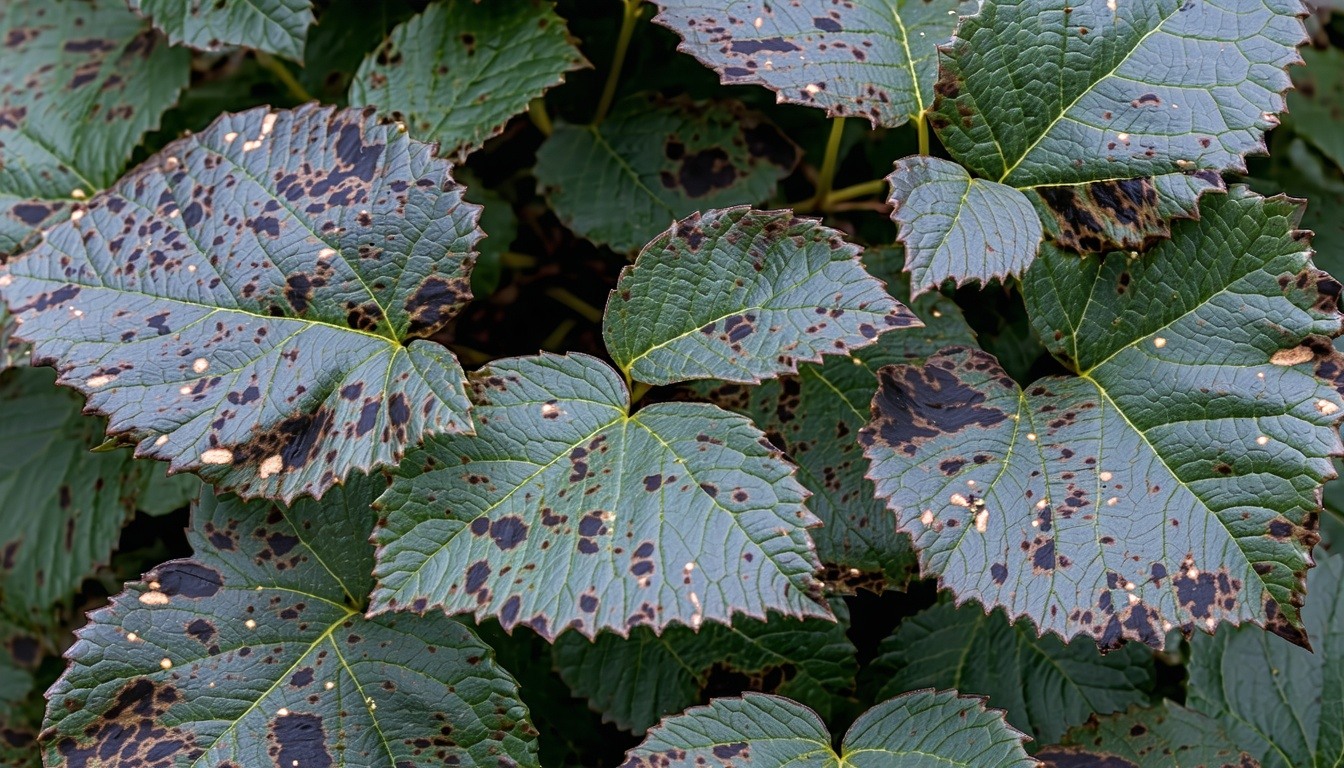
Root rot can be a silent killer for your beloved cactus plants, but with the right knowledge, you can save them before it's too late.
Intro - Understanding Root Rot: Causes and Symptoms
Root rot is a common issue that affects many cactus plants, and it can be devastating if not addressed promptly. The primary cause of root rot is the presence of excess moisture in the soil, which creates an environment where harmful fungi can thrive. Overwatering, poor drainage, and compacted soil are common culprits.
Symptoms of root rot include yellowing or wilting of the plant, a foul odor emanating from the soil, and mushy or discolored roots. In severe cases, the cactus may collapse or show signs of decay at the base.
How to Inspect Your Cactus for Root Rot
To check if your cactus is suffering from root rot, start by gently removing the plant from its pot. Be cautious not to damage the roots during this process. Examine the roots closely; healthy roots should be firm and white or light tan in color.
If you notice any dark, mushy, or foul-smelling roots, these are clear indicators of root rot. It's also a good idea to inspect the base of the cactus for any signs of softness or discoloration.
Effective Treatment Methods for Root Rot
If you have identified root rot in your cactus, immediate action is necessary. Begin by trimming away all affected roots using sterilized scissors or pruning shears. Ensure you remove all the diseased portions to prevent the rot from spreading.
Next, allow the remaining healthy roots to air dry for a day or two. This step helps to prevent further fungal growth. Once the roots are dry, repot the cactus in fresh, well-draining soil. Use a pot with drainage holes to avoid excess moisture buildup in the future.
Preventive Measures to Keep Your Cactus Healthy
Prevention is always better than cure, especially when it comes to root rot. Ensure your cactus is planted in a well-draining soil mix specifically designed for cacti and succulents. Avoid using heavy or compacted soils that retain moisture.
Water your cactus sparingly and allow the soil to dry out completely between waterings. During the dormant winter months, reduce watering frequency even further. Additionally, ensure your cactus is placed in a pot with adequate drainage and avoid using saucers that can trap water.
When to Seek Professional Help
Sometimes, despite your best efforts, root rot may be too advanced for at-home treatment. If you notice that your cactus is not improving or continues to decline, it may be time to seek professional help.
Consulting with a plant specialist or taking your cactus to a local garden center can provide you with expert advice and possibly save your plant. Professionals can also help diagnose other underlying issues that may be contributing to the problem.
10 Frequently Asked Questions on Root Rot
1. What causes root rot in cacti? - Excess moisture, poor drainage, and fungal infections are common causes.
2. How can I prevent root rot? - Use well-draining soil, avoid overwatering, and ensure proper drainage.
3. Can root rot be reversed? - Yes, if caught early and treated correctly.
4. How often should I water my cactus? - Water sparingly, allowing the soil to dry completely between waterings.
5. What type of soil is best for cacti? - A well-draining soil mix specifically for cacti and succulents.
6. Why does my cactus smell bad? - A foul smell may indicate root rot or other fungal issues.
7. How do I know if my cactus has root rot? - Look for mushy, discolored roots and a foul odor.
8. Is root rot contagious to other plants? - Yes, it can spread if the same soil or contaminated tools are used.
9. What should I do if my cactus has root rot? - Trim away affected roots, allow the plant to dry, and repot in fresh soil.
10. When should I seek professional help? - If the cactus continues to decline despite treatment, consult a specialist.



